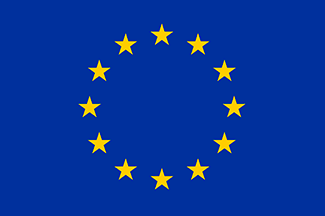Hypertension is a common lifestyle related health problem. It is estimated that 40% of western world adults have hypertension. The condition is a major risk factor for a number of cardiovascular and renal diseases. Even moderate elevations in blood pressure are associated with shortened life expectancy. It has long been known that high dietary K+ intake is able to reduce blood pressure and protect against hypertension. The mechanism underlying the positive effect of high K+ intake is poorly understood. Interestingly, it has been shown that high K+ intake acutely increases Na+ excretion. Since Na+ is the main cation in the extracellular fluid, the total amount of body Na+ is the defining parameter of plasma volume and thereby blood pressure. Thus, dietary K+-triggered reduction of total body Na+ likely plays a part of the beneficial effects on blood pressure. A central study, in my previous research identified, the molecular mechanism underlying the rapid increased urinary Na+ excretion following ingestion of a K+ rich meal. This new knowledge allows for investigations of a number of important questions including: 1) How is a K+ rich meal that enters the gastrointestinal tract sensed? How is the sensed signal transduced from the gastrointestinal tract to the kidneys allowing for molecular alteration in renal Na+ handling? 2) How is K+-induced Na+ excretion regulated as a function of dietary status prior to the ingestion of a K+ rich meal? This project aims to elucidate these specific questions to get a better understanding of the mechanism of how a K+ rich diet protect again hypertension.
Project title:
The renal natriuretic response following an acute potassium intake
Area of research:
Medical Sciences
Fellowship period:
1 Oct 2014 – 30 Sep 2017
Fellowship type:
AIAS-COFUND Marie Skłodowska-Curie fellow

This fellowship has received funding from the European Union’s Seventh Framework Programme for research, technological development and demonstration under the Marie Skłodowska-Curie grant agreement No 609033 and The Aarhus University Research Foundation.
